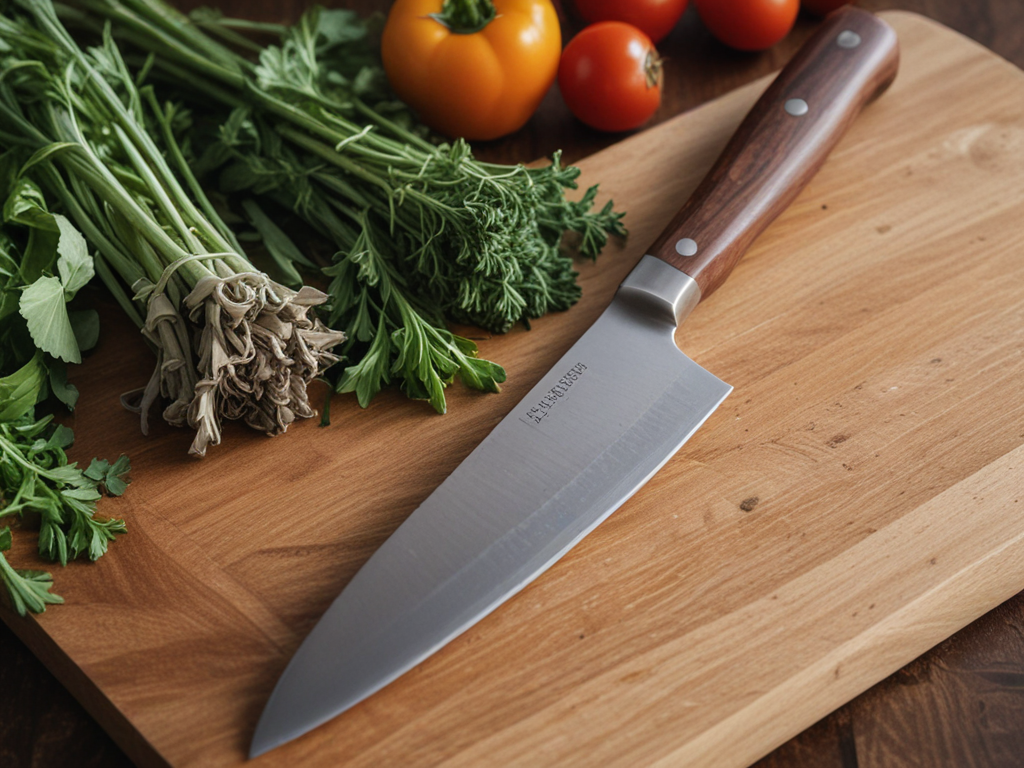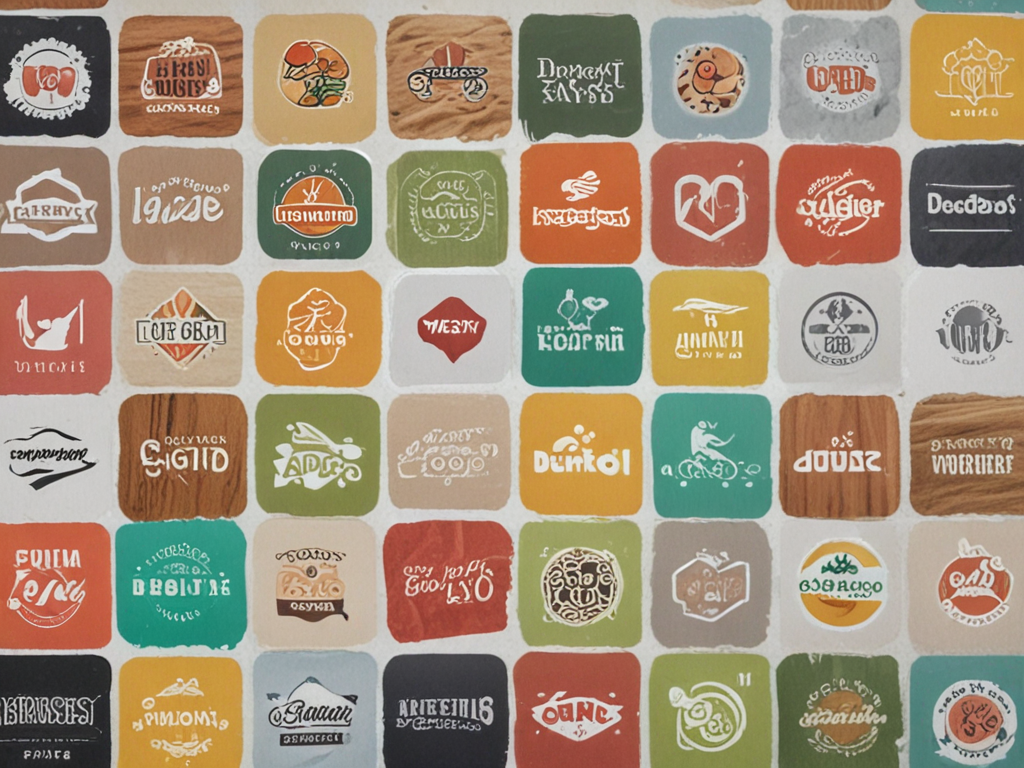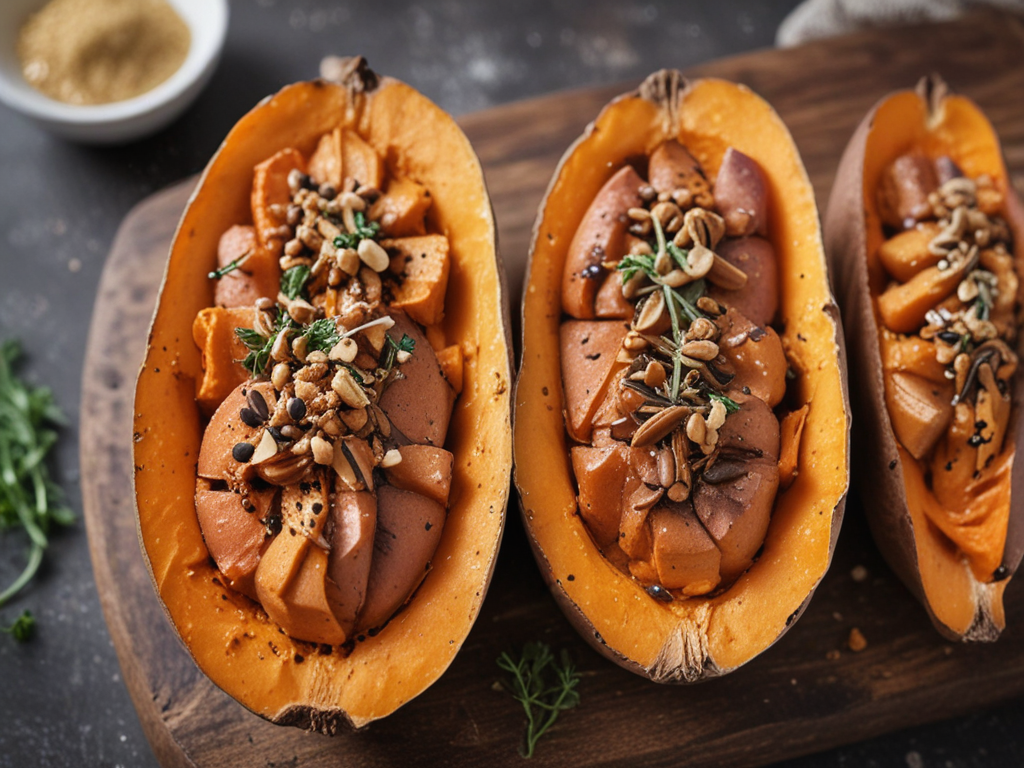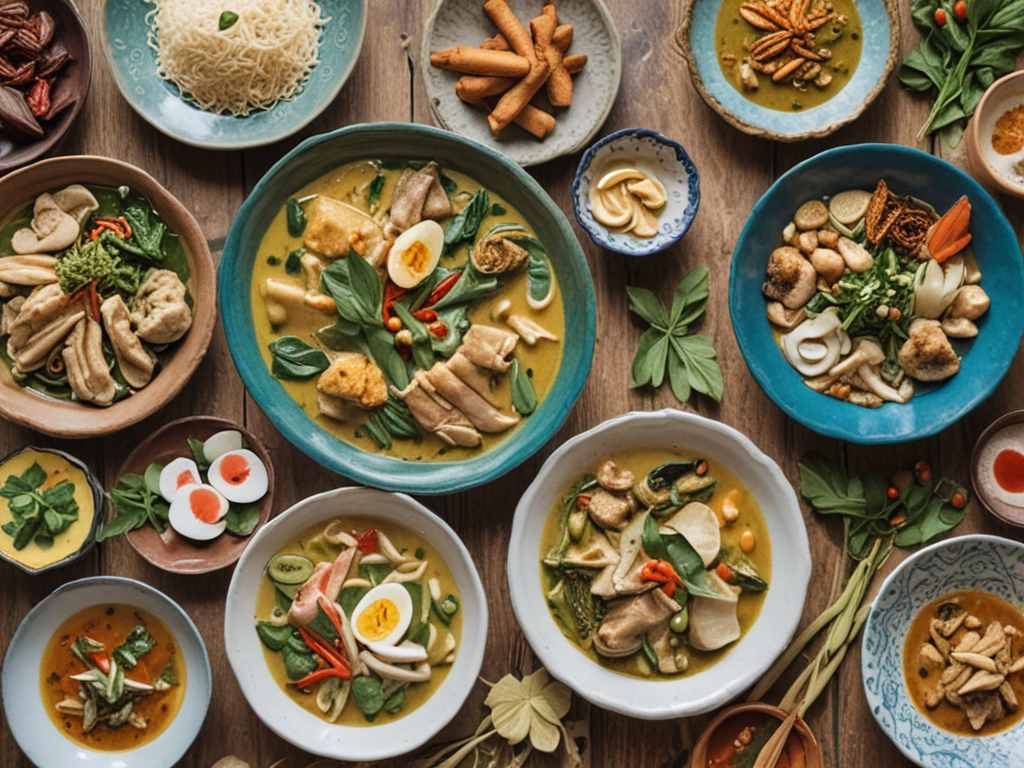
When it comes to choosing the perfect chef’s knife, it’s like finding that one reliable companion in a bustling kitchen – essential and dependable. The weight, balance, and sharpness are all important factors, but the plethora of options can be overwhelming. However, fear not, as maneuvering through the world of chef’s knives can be simplified by understanding the key elements that make up a high-quality blade. Let’s explore how to make a choice that not only slices through ingredients effortlessly but also feels like an extension of your culinary prowess.
Factors to Consider
When selecting the perfect chef’s knife, it is essential to contemplate several key factors that will greatly impact your cooking experience. The blade shape and weight are vital elements to take into account. Blade shapes vary from the classic French profile to the more robust German style. The choice between a light or heavy knife depends on personal preference and the tasks at hand.
Additionally, edge sharpness and durability are paramount. A razor-sharp edge guarantees precision in cutting, slicing, and chopping. Look for knives with high-quality steel that can maintain sharpness over time. Take into account the knife’s durability, as it should withstand the rigors of daily use without constant sharpening or damage.
Different Types of Blades
Exploring the world of chef’s knives reveals a variety of blade types, each designed to excel in specific culinary tasks. When considering the perfect chef’s knife, it’s essential to understand the different blade shapes and their benefits. Here are some key points to keep in mind:
- Santoku: Known for its versatility in slicing, dicing, and mincing.
- French: Ideal for precise cuts and chopping due to its curved edge.
- Serrated: Great for slicing through bread and delicate fruits without crushing.
- Japanese Gyuto: Offers a balance between a Western chef’s knife and a Japanese vegetable knife.
- Cleaver: Excellent for heavy-duty tasks like cutting through bones and tough meats.
Each blade type varies in edge retention and sharpness, affecting how long the knife stays sharp and how easily it can cut through different ingredients. Understanding these distinctions can help you choose the right chef’s knife for your specific cooking needs.
Handle Materials and Design
Upon selecting the perfect chef’s knife, one must consider the handle materials and design to guarantee maximum comfort and control during culinary tasks. The handle material plays an important role in providing an ergonomic grip to prevent slippage and hand fatigue. Opt for materials like durable hardwoods, synthetic composites, or stainless steel for longevity and comfort.
When it comes to handle design, look for a shape that fits comfortably in your hand, allowing for extended use without strain. Some handles feature custom engravings, adding a personalized touch to your knife. While these engravings are aesthetically pleasing, make sure they do not compromise the handle’s functionality.
Remember that the handle is where you directly interact with the knife, so prioritize comfort and control. Test out different handle materials and designs to see which one feels most natural in your grip. A well-designed handle can enhance your cooking experience and make meal preparation more enjoyable.
Finding the Right Balance
Considering the weight distribution in a chef’s knife is key when finding the right balance for ultimate performance in the kitchen. The weight distribution affects how the knife feels in your hand, impacting your cutting precision and comfort. Here are some essential points to take into account:
- Balance Point: Find a knife where the balance point is near the bolster for best control.
- Handle Weight: A handle that is too heavy can throw off the balance of the knife.
- Blade Heft: The weight of the blade should feel balanced with the handle for smooth cutting.
- Blade Curvature: Pay attention to the curve of the blade; it can affect how the knife rocks during chopping.
- Overall Feel: Ultimately, the knife should feel comfortable and well-balanced in your hand for extended use.
Maintenance and Care
Proper maintenance and care of your chef’s knife are essential to secure its longevity and peak performance in the kitchen. When it comes to cleaning techniques, I recommend handwashing your knife with a mild detergent and drying it immediately to prevent rust. Avoid putting it in the dishwasher as the heat and harsh detergents can damage the blade. For sharpening methods, regular honing with a honing steel can help maintain the knife’s edge between sharpenings. When it’s time to sharpen, you can use a whetstone or consider professional sharpening services for a more precise edge.
| Maintenance Tips | Description |
|---|---|
| Handwashing | Clean your knife by hand with mild detergent. |
| Drying | Dry the knife immediately after washing. |
| Regular Honing | Use a honing steel for edge maintenance. |





